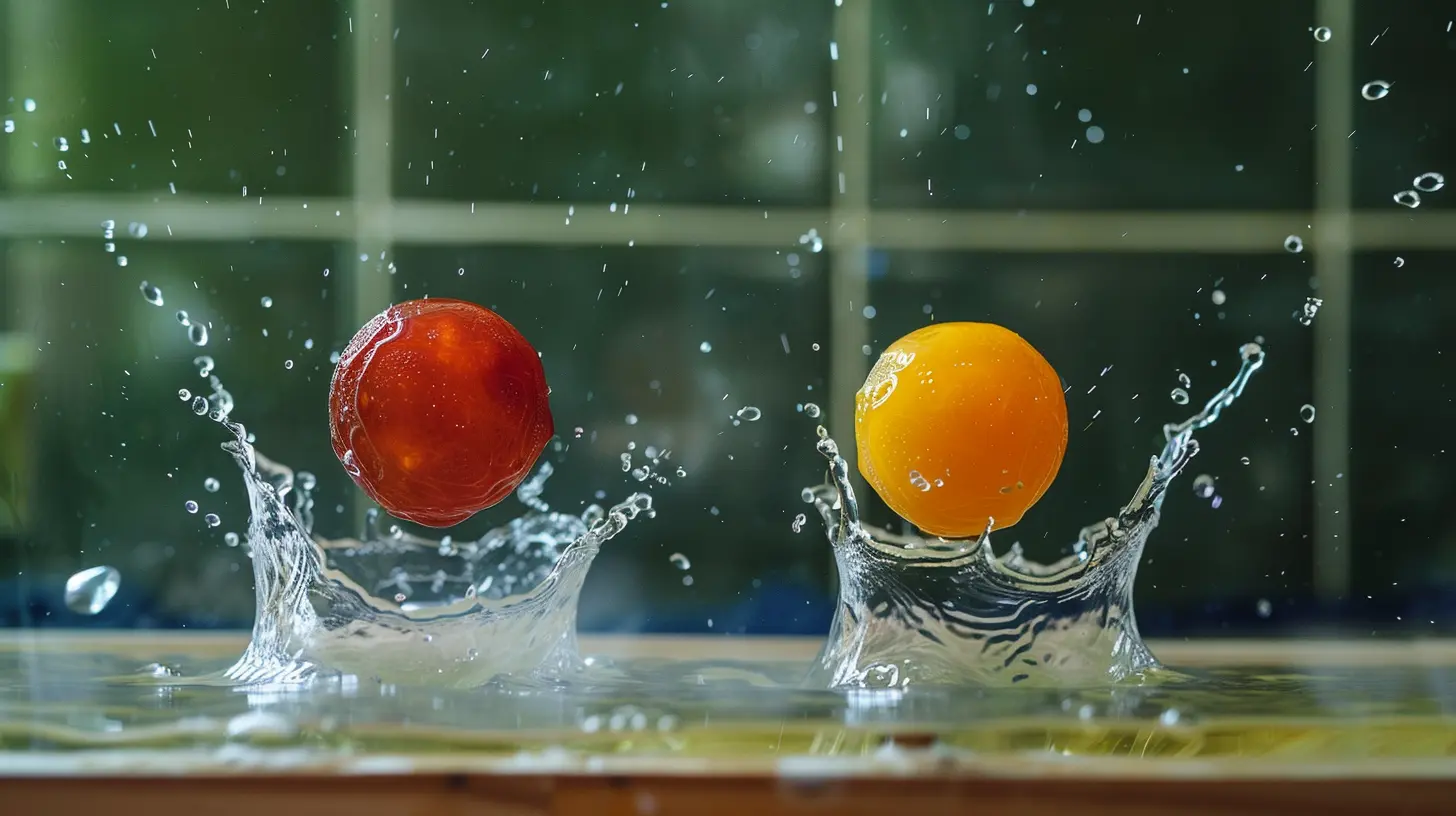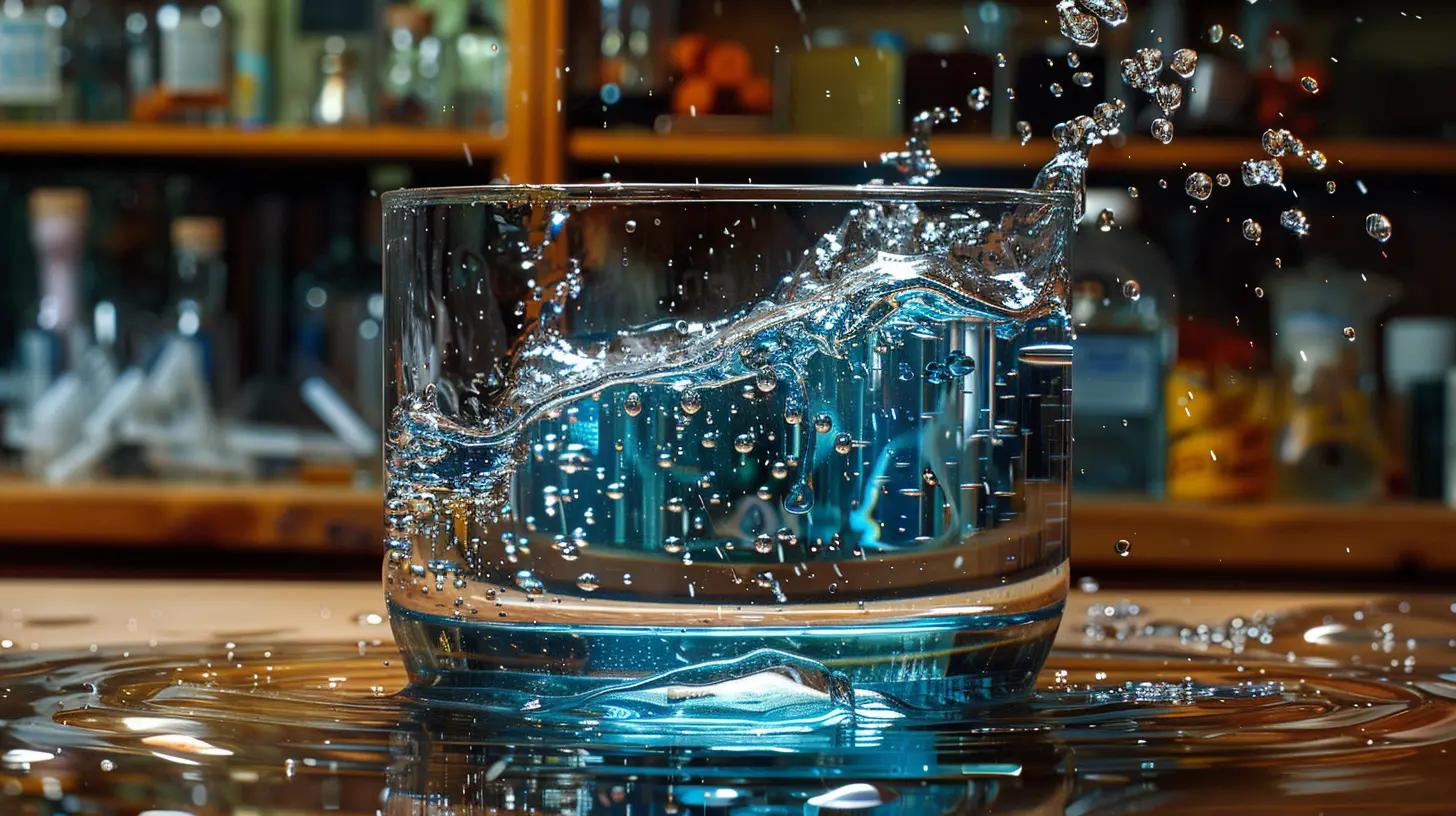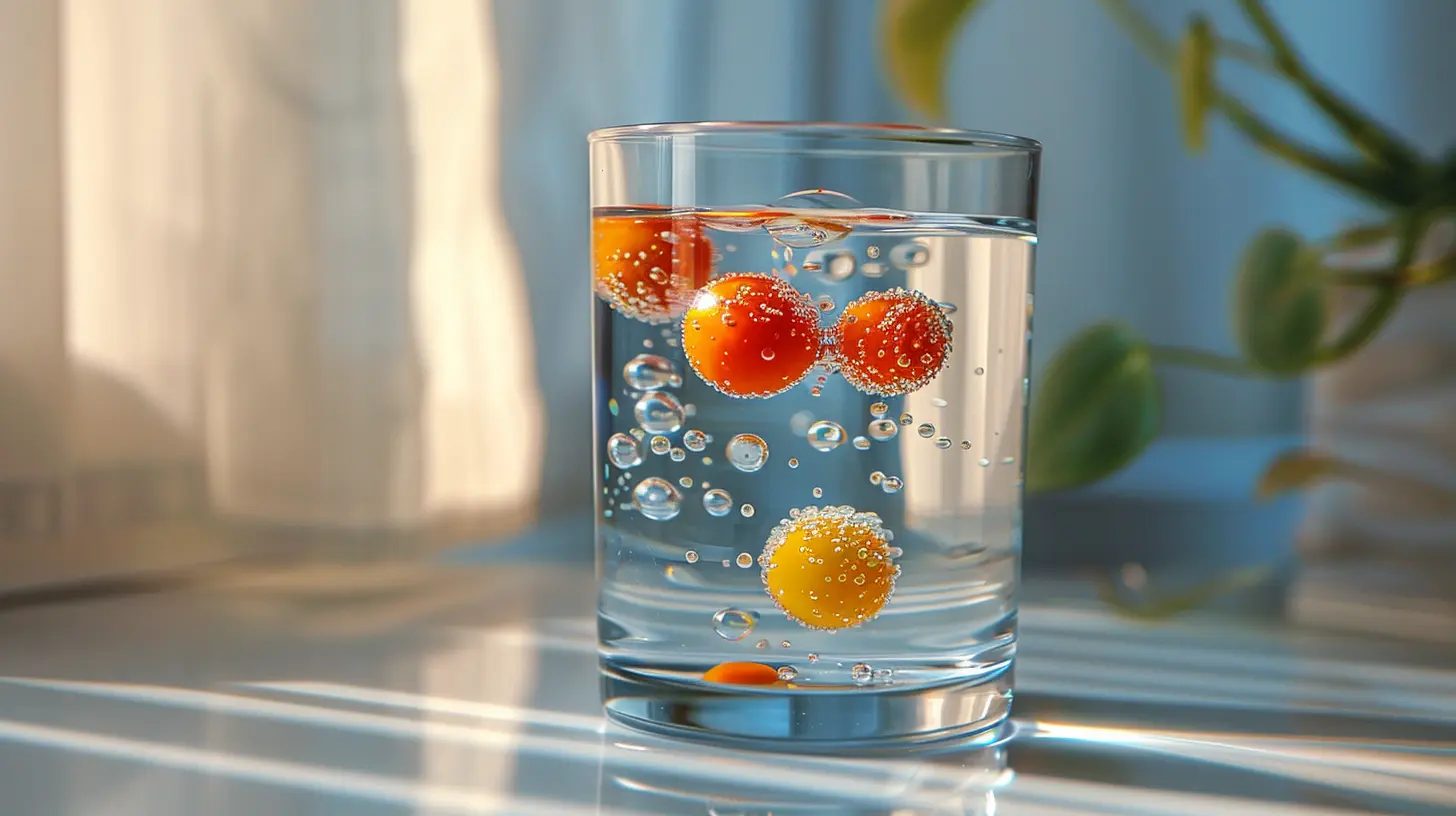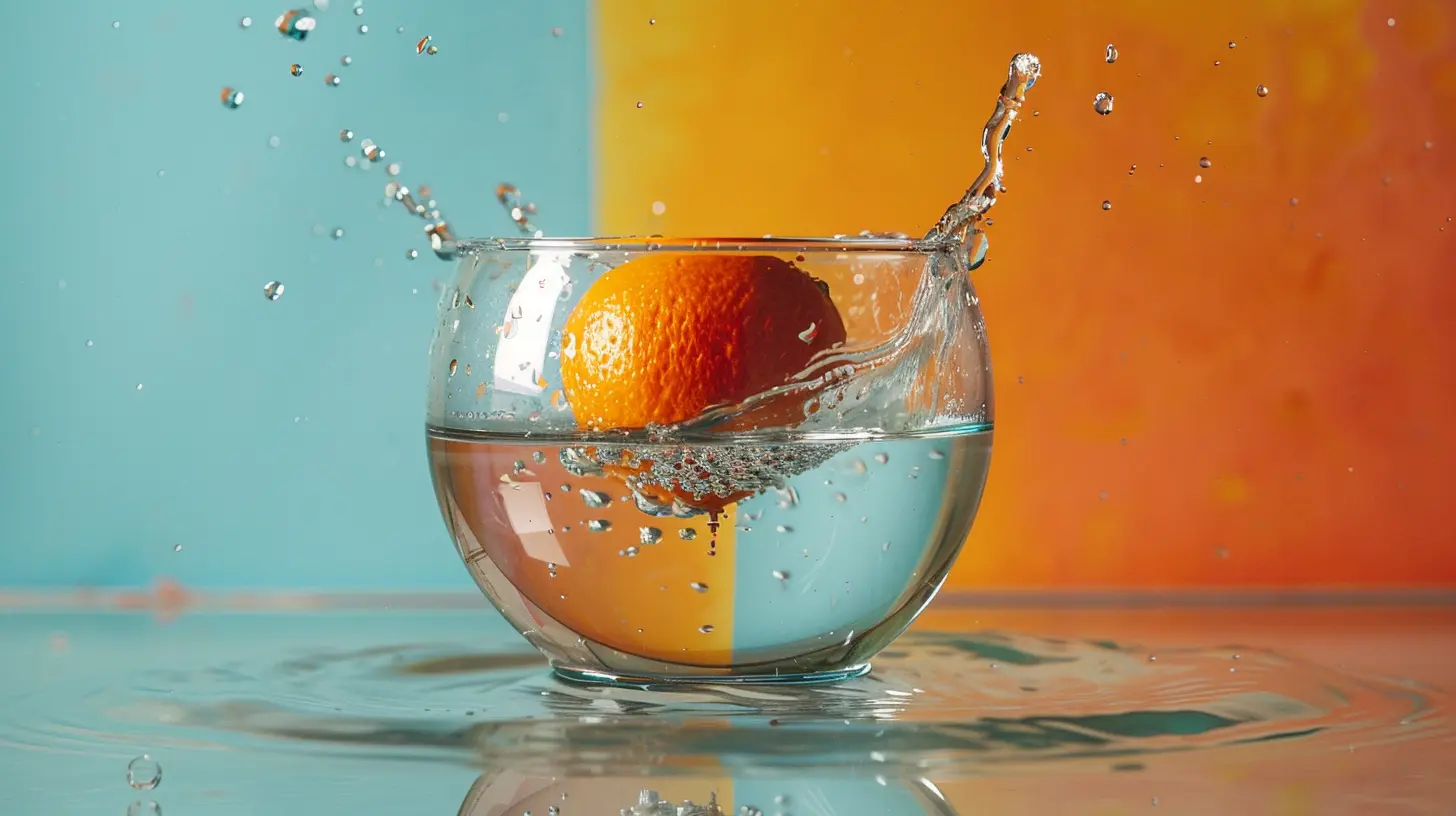Discovering Density: Why Some Objects Float While Others Sink
20 September 2025
Have you ever tossed a rock into a pond and watched it disappear beneath the surface—while a leaf gently glides across the top? It’s one of those everyday mysteries that almost feels magical. But guess what? There’s no magic involved. It all comes down to something called density.
Let’s dive into the why behind all this floating and sinking action—don’t worry, no lab coat required.
What is Density, Anyway?
Alright, let’s start with the basics. Density is just a way to measure how much "stuff" (mass) is packed into a certain amount of space (volume).Think of it like this: If you have a suitcase and you fill it with clothes, it might seem full. But if you then sit on it and jam in three more sweaters, you’ve just increased the density—you’ve crammed more into the same space.
In science terms:
Density = Mass ÷ Volume
Pretty straightforward, right?
So, Why Should We Care About Density?
Density plays a crucial role in our everyday life—even if we don’t notice it. It helps explain why:- Icebergs float in the ocean
- Helium balloons rise into the sky
- Your phone sinks if you drop it in the bathtub 🛁 (yikes!)
Basically, if you understand density, you begin to make sense of how objects interact with water, air, and even outer space. It’s like holding a secret key to how the world works.
The Floating vs. Sinking Showdown
Let’s get to the heart of the matter. Why does some stuff float while other stuff sinks?It comes down to a simple rule of thumb:
> If an object’s density is less than the liquid it’s in, it floats. If it’s more, it sinks.
That’s it. No magic spells, no invisible forces—just a matter of how packed the matter is inside the object.
Let’s use water as our main example because, well, it’s the most common liquid around.
- Water has a density of about 1 gram per cubic centimeter (g/cm³).
- If an object has a density less than 1 g/cm³, it floats.
- If it’s more than 1 g/cm³, it sinks.
Real-Life Examples That’ll Make You Go “Aha!”
1. Rubber Ducks vs. Coins
Ever notice how rubber duckies happily bob on the surface of your bathwater, while coins sink straight to the bottom?- A rubber duck is filled with air and made of light plastic, so its overall density is less than water.
- A coin, on the other hand, is made of metal—heavier stuff—so its density is higher than water.
Hence, the duck floats, the coin sinks. Simple.
2. Wood and Metal
Most types of wood float in water, even though they’re solid. But a block of steel—same size—will plop right to the bottom.Why?
Because wood has a lower density than water, and metal has a higher one. Even though they may look similar in size, the materials are packed differently inside.
3. Ice Cubes in Water
Ever wonder why ice cubes float in your drink?It’s actually one of the few times a solid is less dense than its liquid form. That’s right—ice is less dense than water, which is why it floats. Water expands when it freezes, taking up more space with the same amount of mass. That makes the density go down.
Cool, huh?
What About Weird Cases?
Now, you might be thinking—“Okay, but what about ships? They’re made of metal, and they FLOAT!”Awesome question. Let’s crack that open.
How Do Ships Float?
While ships are made of metal (which is denser than water), they’re also full of air—in cabins, storage areas, and the hull. This combination of metal and empty space lowers the overall density of the ship to less than that of water.So even though the metal part alone would sink, the whole ship floats. It’s like mixing a heavy object with a super light one—the average comes out lighter.
Think of it like baking a cake with dense chocolate and fluffy whipped cream. Together, they strike a balance.
Density Isn’t Just for Water
While we’ve mostly talked about floating in water, the concept of density applies to all fluids, including gases.Hot Air Balloons
Why do hot air balloons rise?Because hot air is less dense than the cooler air around it. The heated air inside the balloon makes the entire balloon lighter than the surrounding air, so—up it goes!
It’s like the balloon is swimming in an invisible sea of air, and because it’s less dense, it “floats” higher.
Helium Balloons
Helium is also less dense than air, so when you fill a balloon with it, it floats upwards. It’s not pulling a magic trick; it’s just physics doing its thing.Archimedes and the Principle of Buoyancy
Let’s give a historical nod to the guy who figured a lot of this out: Archimedes.The story goes that Archimedes was taking a bath (as legends often begin), and when he got in, he noticed the water level rose. He realized the amount of water displaced must be equal to the volume of his body. From this, he came up with the concept of buoyant force.
Here’s the gist:
> An object submerged in water is pushed up by a force equal to the weight of the water it displaces.
If that upward push (buoyant force) is greater than the object’s weight, it floats. If not, it sinks.
That’s basically the science behind floating. And yes, all that came from a dude lounging in a bathtub.
Try It Yourself: Simple Density Experiment
Want to see density in action? Here’s a fun and safe experiment you can try in your kitchen.You’ll Need:
- A clear glass- Water
- Oil (like vegetable or olive oil)
- Honey
- Small objects (grape, paperclip, plastic bead)
What to Do:
1. Pour honey into the glass (about 1/3 full).2. Slowly pour oil on top—do it gently so it doesn’t mix. Add another 1/3.
3. Now pour water on top of that. You'll see three distinct layers.
4. Drop your objects in and watch which layer they stop at.
Each substance (and object) finds its place based on density. It’s like a vertical game of musical chairs.
Why Understanding Density Matters (Beyond the Bathtub)
You might be thinking, “Alright, this is cool and all—but why does density matter in real life?”Great question! Here's where it really pays off:
1. Engineering and Design
From building ships to designing airplanes, understanding density is crucial. Engineers have to make sure things float, fly, or stay grounded depending on the needs.2. Environmental Science
Oil spills float on the surface of the ocean due to oil’s lower density. That affects how we clean up those messes.Also, understanding how warm and cold ocean waters layer themselves (based on density) helps predict weather patterns and climate change effects.
3. Cooking and Baking
Yup, density matters in the kitchen too. Ever notice how oil floats on soup? Or how whipped cream sits on top of your latte? Density is the secret sauce.Some Mind-Blowing Density Facts
Let’s wrap all this up with some fun facts to impress your friends:- Saturn is the only planet in our solar system less dense than water. Technically, it could float in a giant cosmic bathtub! (If there was one.)
- Lead is about 11 times denser than water. That’s why even a tiny block feels absurdly heavy.
- The Dead Sea is so salty that its water has a higher density than regular water—so people float much more easily in it.
Final Thoughts
So, next time you toss something into the pool or watch a balloon rise into the sky, take a second to remember—you just witnessed density in action.Understanding density isn’t just about acing your science test. It helps you decode the world in a way that makes simple things suddenly fascinating.
And hey, now you’ve got a solid, float-worthy explanation for one of the coolest science phenomena out there.
all images in this post were generated using AI tools
Category:
Science ExperimentsAuthor:

Bethany Hudson
Discussion
rate this article
1 comments
Phoenix Martin
This article provides a clear and engaging explanation of density and buoyancy, making complex concepts accessible for readers. It effectively illustrates why some objects float while others sink, fostering curiosity in young learners. Overall, a valuable resource for teaching foundational physics in an enjoyable way.
October 12, 2025 at 10:30 AM

Bethany Hudson
Thank you for your kind words! I'm glad to hear the article resonates with readers and sparks curiosity in young learners about these important concepts.


